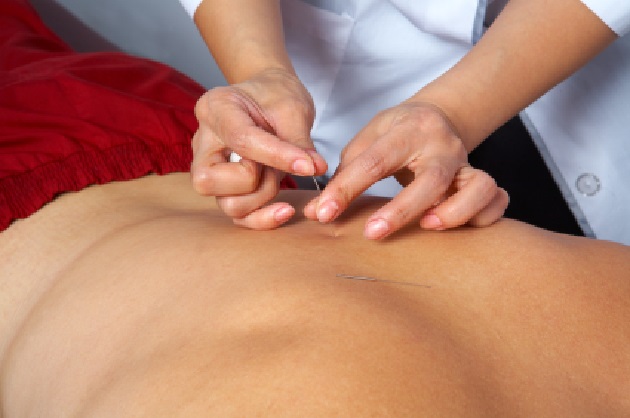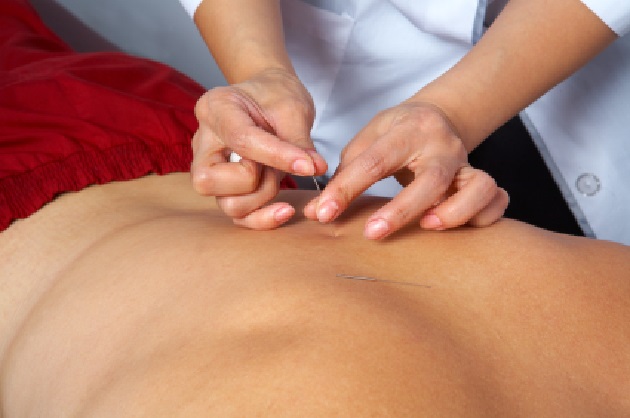Singapore’s dry needling and sports taping are popular in physical therapy and sports medicine. These procedures are used, however there are a lot of myths and misconceptions concerning them. This piece will dispel six widespread misconceptions and offer evidence-based perspectives on the efficacy and appropriate application of sports taping and dry needling, particularly in Singapore.
Myth 1: Dry Needling and Acupuncture Are the Same
One of the most common misconceptions is that dry needling is the same as acupuncture. While both techniques involve inserting needles into the skin, they are fundamentally different in terms of methodology and purpose. It should be used with other therapeutic methods such as dry needling, physical therapy, and exercise because its effects are brief. It is based on Western anatomical and neurophysiological principles. Acupuncture, on the other hand, is rooted in traditional Chinese medicine and aims to balance the body’s energy flow or Qi. Understanding this distinction is crucial for patients and practitioners alike.
Myth 2: Sports Taping Provides Immediate and Permanent Pain Relief
Another prevalent myth is that sports taping provides immediate and permanent relief from pain. While sports taping can be an effective part of a broader treatment plan, it is not a standalone cure. Sports taping works by providing support, reducing strain on injured tissues, and improving proprioception. It should be used with other therapeutic methods such as dry needling, physical therapy, and exercise because its effects are brief. In Singapore, sports taping is often used as an adjunct to other treatments rather than a sole remedy.
Myth 3: Dry Needling Is Only for Athletes
Many people believe that dry needling is exclusively for athletes. This misconception limits the potential benefits of dry needling to a broader population. In reality, dry needling can benefit anyone suffering from musculoskeletal pain, including office workers, elderly individuals, and those recovering from surgery. Dry needling is utilised in Singapore to treat ailments like postural problems, tension headaches, and chronic pain. It is a versatile treatment that can be tailored to meet the needs of different patients.
Myth 4: Sports Taping Is Only for Injury Prevention
There is a misconception that sports taping is only useful for preventing injuries. Sports tape helps lower the chance of injury, but it also has a big impact on recovery from injuries. In Singapore, sports taping is often used to support injured muscles and joints during healing. It helps reduce swelling, improve circulation, and provide stability to the affected area, thereby facilitating a quicker and safer recovery. Sports taping is an important tool for both prevention and rehabilitation.
Myth 5: Dry Needling Is Painful
The belief that dry needling is inherently painful deters many individuals from considering this effective treatment. While discomfort may be experienced, particularly when the needle hits a trigger point, the sensation is generally brief and manageable. Most patients describe the feeling as a slight twitch or muscle cramp. In Singapore, trained physiotherapists ensure that dry needling is performed with minimal discomfort, using techniques that prioritise patient comfort and safety. The therapeutic benefits often outweigh the temporary discomfort experienced during the procedure.

Myth 6: Sports Taping Can Replace Professional Treatment
Some individuals mistakenly believe that sports taping can replace professional medical treatment. This misconception can lead to inadequate care and prolonged recovery times. Sports taping should be viewed as a complementary therapy that supports professional treatment, not a replacement. In Singapore, sports taping is integrated into comprehensive treatment plans developed by physiotherapists and healthcare professionals. It is essential to seek proper medical advice and follow a holistic treatment approach for optimal recovery.
Conclusion
Understanding the facts about dry needling and sports taping is essential for making informed decisions about your health and treatment options. By debunking these common myths and misconceptions, we hope to provide clarity and promote the effective use of these therapies in Singapore. Dry needling and sports taping, when used correctly and as part of a comprehensive treatment plan, can offer significant benefits for pain relief and injury recovery.
Contact The Movement Lab today to schedule your appointment and take the first step towards better health.


